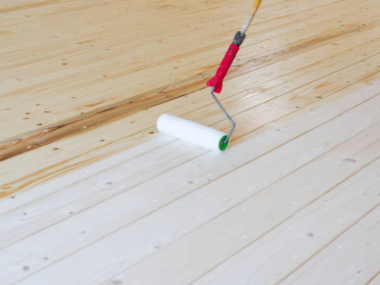Acetone is a colorless, flammable liquid with a strong odor. It is used as an industrial solvent and as a cleaning agent. Acetone is also found in nail polish remover, paint thinner, and some types of glue. Acetone can be used to dissolve other chemicals, including plastics and oils. It is also used to make acetone peroxide, a powerful oxidizing agent. Acetone is a highly flammable liquid and should be stored in a cool, dry place away from heat or sparks.
Can acetone remove paint
There is no definitive answer to this question as everyone experiences pain differently and acetone may work for some people but not for others. However, acetone is commonly used as a numbing agent for various medical procedures such as tattoo removal, so it is possible that it could help to reduce pain. If you’re considering using acetone for this purpose, it’s important to speak to a medical professional first to make sure that it’s safe for you.
How to remove paint with acetone
There is no one-size-fits-all answer to this question, as the best way to remove paint with acetone will vary depending on the type of paint and the surface you’re trying to clean. However, some general tips on how to remove paint with acetone include using a soft cloth or brush to avoid damaging the surface, and working in small sections to avoid over-saturating the area. As always, be sure to read the label on your acetone product to ensure that it is safe for use on the desired surface.
The benefits of using acetone to remove paint
Acetone has a variety of benefits when it comes to removing pain. First, it is a very effective numbing agent. This means that it can help to numb the area around a wound or tattoo, making the pain less intense. Additionally, acetone can help to break down other substances, including oils and plastics. This makes it an effective paint thinner and cleaning agent. Finally, acetone is also highly flammable, so it should be used with caution.
The risks associated with using acetone to remove paint
Acetone is a highly flammable liquid, so it should be used with caution. It is also important to avoid over-saturating the area you’re trying to clean, as this could result in damage to the surface. When using acetone, be sure to wear gloves and protective clothing to avoid coming into contact with the chemical. Finally, always read the label on your acetone product to make sure that it is safe for use on the desired surface.
Alternatives to acetone for removing paint
If you’re looking for an alternative to acetone for removing paint, there are a few options available. One option is to use a paint stripper. Paint strippers are chemicals that are designed to remove paint from surfaces. However, they can be harmful if used incorrectly, so it’s important to read the label carefully and follow the instructions. Another option is to sand the paint off of the surface. This will require some elbow grease, but it’s a safe and effective way to remove paint. Finally, you could also try using a heat gun to remove the paint. This method is effective, but it can be dangerous if you’re not careful.
Acetone is a highly flammable liquid with a strong odor. It is used as an industrial solvent and as a cleaning agent. Acetone is also found in nail polish remover, paint thinner, and some types of glue. Acetone can be used to dissolve other chemicals, including plastics and oils. It is also used to make acetone peroxide, a powerful oxidizing agent. Acetone is effective at removing paint, but it should be used with caution due to its flammability. When using acetone, be sure to wear gloves and protective clothing. Always read the label on your acetone product to make sure that it is safe for use on the desired surface.










